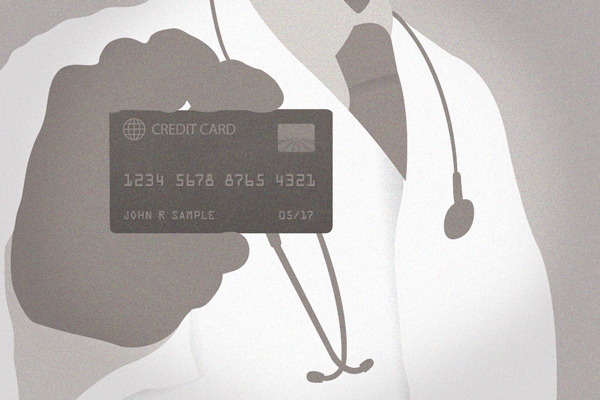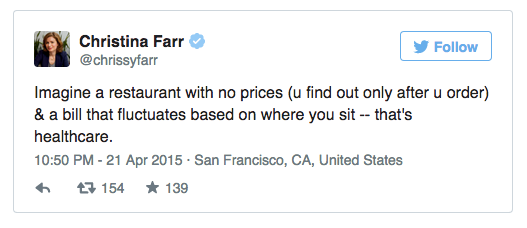After much internal consideration, research, and full-circle thinking, we’re in a really exciting position to show you just how much we care about the success of your Direct Care practice. The credit card transaction fee in the Atlas.md EMR has dropped from 3.1% to 2.5%.
We’re Putting Ourselves in Your Shoes
At the core of it all, we’re only giving you what we would want if we were in your position. And that’s to know the company behind the product is thinking about us all the time. We’ve lowered the fee to make all the features you’re privy to more affordable and cost effective. It’s worth the loss in profit to us to know you’re getting the most bang for your buck!
We’re a Business, But…
Our driving passion isn’t to make money. It’s to help you build and run a successful DPC practice that will give you the life you want, and your patients the care they deserve. The whole point of Direct Primary Care is to lower overhead and cut red tape. Actions speak louder than words, which is why we dropped that number. A transaction fee may seem like a small thing, but we know it’s huge to you.
Thank you for being loyal customers of the Atlas.md EMR. We hope we can remain by your side as you continue to breathe life into Direct Care.


